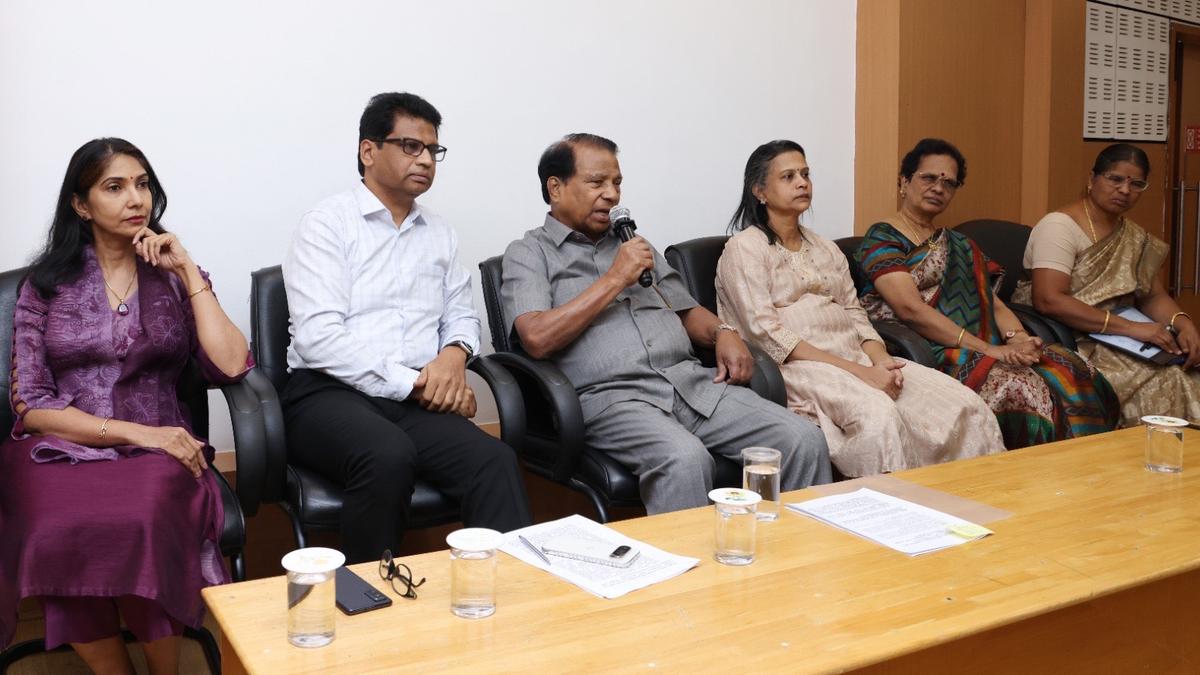ARTICLE AD BOX
Last Updated:October 15, 2025, 08:00 IST
A victim-operated IED is a type of improvised explosive device that is triggered by the actions of the victim, rather than by a remote control, timer, or command signal

The NSG data indicates that the proportion of command-operated IEDs—once the dominant method—has steadily declined over the past five years, while victim-operated devices have risen sharply. Representational image
A detailed analysis by the National Security Guard (NSG) has revealed a significant shift in the tactics used by extremist groups across India, with a sharp increase in the use of victim-operated improvised explosive devices (IEDs) during 2024. The findings, part of the NSG’s annual comprehensive report on blasts and explosive mechanisms, highlight changing attack patterns that present growing operational challenges for security forces.
According to the report, 47 per cent of all IED incidents in 2024 (49 out of 104) involved unknown mechanisms, while 41 per cent (43 out of 104) were victim-operated. Only 11 per cent were command-operated, and one per cent involved delay mechanisms. The NSG noted that this reflects a marked tactical shift by adversaries toward devices triggered by victims themselves, allowing attackers to remain distant from the scene and reducing the risk of exposure.
“In 2024, 47% of incidents (49 out of 104 incidents) were unknown mechanisms, while 41% (43 out of 104 incidents) were victim-operated, indicating the adversaries’ growing reliance on their device. Delay and command mechanisms comprised 1% and 11% respectively," the NSG observed in its assessment. The report further states, “The year-wise IED mechanism analysis shows a shift in tactics from command to victim-operated IED mechanisms and unknown, but the recent trend highlights a constant use of sophisticated IEDs, designed to be triggered by the victim, used for anonymity and safety reasons."
What is the victim-operated IED mechanism?
A victim-operated IED is a type of improvised explosive device that is triggered by the actions of the victim, rather than by a remote control, timer, or command signal. The bomb goes off when someone or something disturbs it, such as by stepping on it, driving over it, or moving an attached object.
These types of IEDs are used for common targets, foot patrols, vehicles, and security convoys. In J&K, this type of IED is most common.
Regional patterns show tactical diversity
The zone-wise mechanism analysis for 2024 reveals diverse tactics across India’s conflict zones. In Left-Wing Extremism (LWE) affected areas, 53 per cent of IEDs (29 out of 55) were victim-operated, 13 per cent (7 out of 55) were command-operated, and 34 per cent (19 out of 55) remained unknown. The Northeast showed a different trend, with 69 per cent of devices (11 out of 16) of unknown mechanisms and 19 per cent being command-operated. In Jammu and Kashmir, 75 per cent of IEDs (6 out of 8) were victim-operated, indicating militants’ reliance on low-signature, easy-to-deploy explosives. In the Rest of India category, 68 per cent were unknown mechanisms, while 24 per cent were victim-operated.
“The zone-wise mechanism analysis reveals diverse tactics across regions," the NSG report stated. “The analysis highlights the challenge of detecting and handling these devices, while in the Northeast, there is more reliance on command mechanism for precision attacks."
Year-wise concerning trend analysis
The NSG data indicates that the proportion of command-operated IEDs—once the dominant method—has steadily declined over the past five years, while victim-operated devices have risen sharply. In 2020, command-operated IEDs accounted for 25 per cent, but by 2024, this dropped to just 11 per cent. Victim-operated IEDs increased from 24 per cent in 2020 to 41 per cent in 2024. The percentage of unknown mechanisms has remained high, between 45 and 50 per cent, suggesting that many incidents lack full technical analysis due to extensive damage or advanced concealment.
The NSG notes that “in 2022 and 2023, command and delay IEDs comprised 28% and 8% respectively," further illustrating the gradual shift away from remotely detonated devices towards those triggered by victims.
Assessment and security implications
The NSG’s report concludes that the increased use of victim-operated and unknown mechanism IEDs underscores the evolving threat landscape in India. “The data highlights the insurgents’ tactical innovation aimed at complicating detection and neutralisation efforts," the analysis states. Security officials warn that unless counter-IED training, detection technology, and forensic capabilities are strengthened across forces, this trend is likely to continue.
The NSG emphasised the need for stronger inter-agency coordination, better forensic exploitation of IED remnants, and enhanced community-level intelligence to preempt such attacks. “The dominance of victim-operated IEDs in LWE and J&K zones poses a major operational challenge. Meanwhile, the Northeast continues to exhibit a reliance on command mechanisms for precision attacks," the NSG noted.

With over 15 years of journalistic experience, Ankur Sharma, Associate Editor, specializes in internal security and is tasked with providing comprehensive coverage from the Ministry of Home Affairs, paramilitar...Read More
With over 15 years of journalistic experience, Ankur Sharma, Associate Editor, specializes in internal security and is tasked with providing comprehensive coverage from the Ministry of Home Affairs, paramilitar...
Read More
First Published:
October 15, 2025, 08:00 IST
News india 'Victim-Operated IEDs On The Rise': NSG Warns Of Shift In Terror Tactics | Exclusive
Disclaimer: Comments reflect users’ views, not News18’s. Please keep discussions respectful and constructive. Abusive, defamatory, or illegal comments will be removed. News18 may disable any comment at its discretion. By posting, you agree to our Terms of Use and Privacy Policy.
Read More

 5 hours ago
5
5 hours ago
5








 English (US) ·
English (US) ·